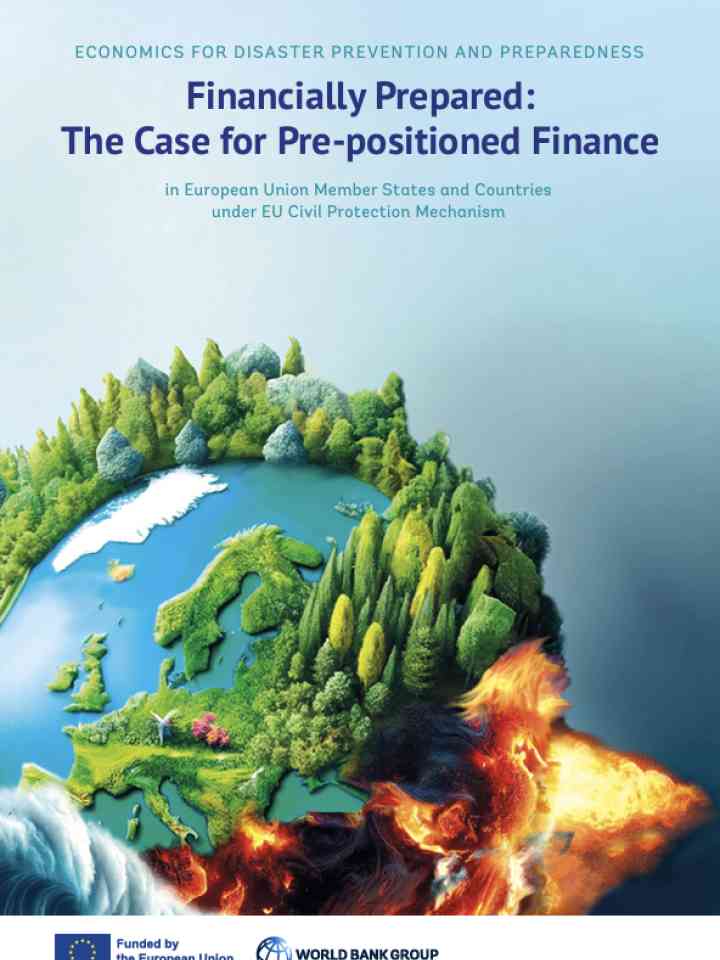Financially prepared: The case for pre-positioned finance
This report aims to inform discussions on the development of effective national and regional risk financing mechanisms by identifying funding gaps for wildfire and drought response. The identification of funding gaps can be used to inform a risk-layering approach, which combines different financial instruments to provide predictable finance when needed. This also includes the identification of additional regional funding to complement national finances.
Key findings from the publication include the following:
- Droughts have had large impacts on economies in MS; since the EUSF was created in 2002, there have been four applications submitted and accepted for droughts;
- Direct damage and loss associated with wildfire and extreme heat are significantly lower than for other hazards, for example, earthquake and flood;
- Indirect losses from wildfire and drought (including extreme heat as a sub-hazard of these events) are expected to be far higher and pose impacts for the long-term health of society and ultimately businesses as the potential to reduce the number of working days increases.
Explore further
